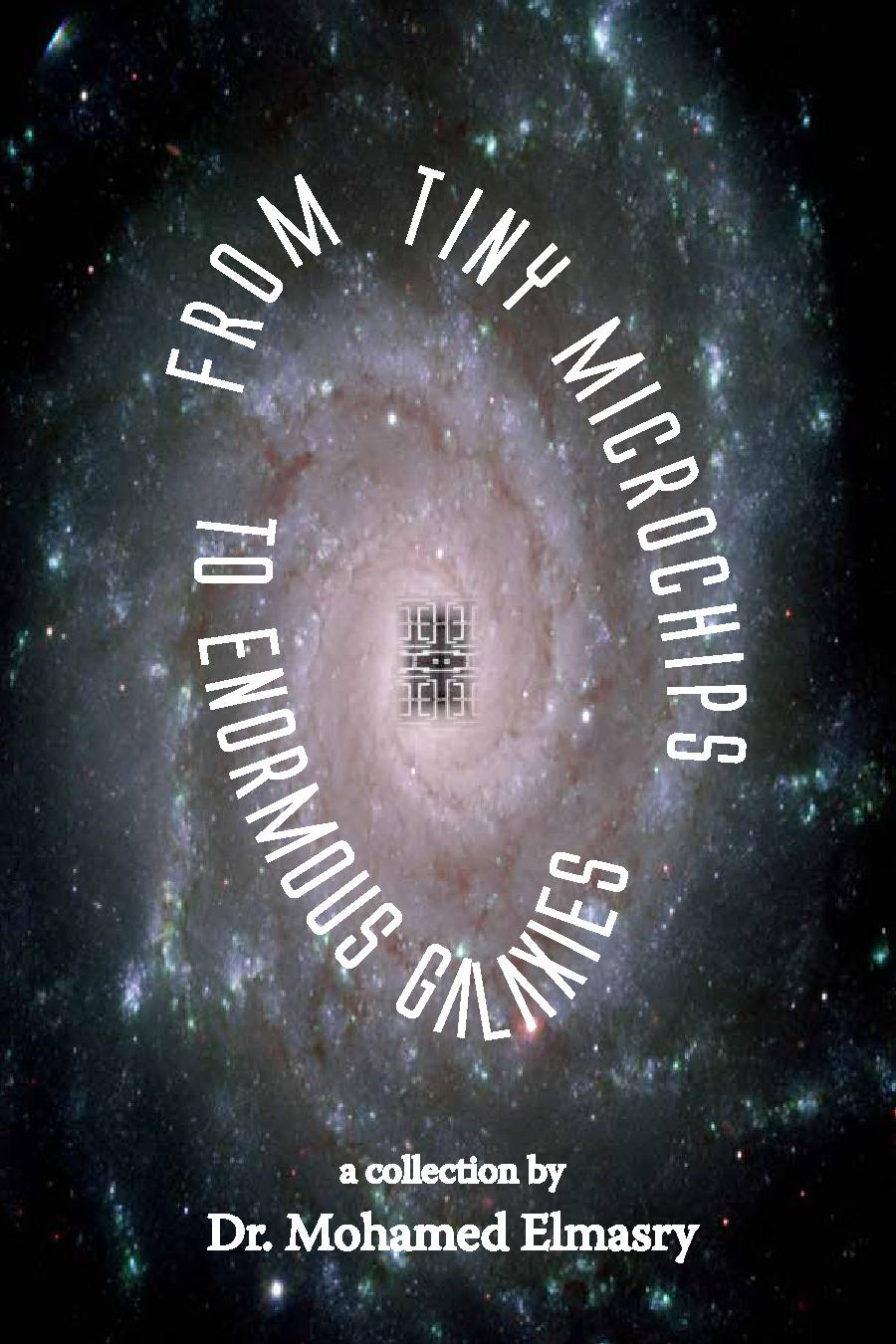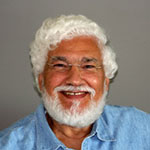August 30, 2018
He and I - a brief memoir of parallel lives
We were born just four years apart; I in 1943 in a middle-class suburb of Cairo, Egypt and he in 1947, in small-town USA. We met formally around 1960, but have been inseparable in the nearly six decades since then, keeping company and supporting one another as dear friends do.
Over the years, we both became internationally well known, contributing to numerous advances in electronics, especially to the development of mobile devices. Together, we have made communication so much easier for millions – maybe billions – around the world, even the poor and those living in isolated or rural areas.
“He” is the Transistor and I am “the Egyptian” – literally, Elmasry in Arabic.
My working friendship with this ground-breaking electronic component began during the 1970s when I was thrilled to be hired as a consultant at Bell Labs, the American research company where the transistor was discovered. It was located in Murray Hill, a pleasant northern New Jersey town not far from busy New York City.
But first; just what is a transistor?
It’s most simply described as a semiconductor device that can amplify signals and also can act as an on/off switch. Its amazing virtues are its small size, low energy requirements and economy of manufacture, for its principal raw material is, believe it or not, sand.
The transistor was co-discovered by American physicists John Bardeen, Walter Brattain and William Shockley, and the achievement earned all three a 1956 Nobel Prize for Physics.
Does anyone remember what life was like before the transistor?
Even today, I vividly recall the bulky tube radio that kept over-heating in our humble Cairo apartment because we did not have air conditioning.
When we were able to purchase a TV, it was the same vacuum tube technology and would inconveniently succumb to “heat stroke” while I watched my favorite soccer team, Al Ahly, beating its rival club Zamalek.
To protect the mysterious electronic insides of our large radio and TV from being invaded by Cairo’s fine sand, my mother encased them in specially-tailored fabric slipcovers, beautifully decorated with hand-worked flowers. Those covers were so beautiful, I’m sure they made us kids all the more respectful of what resided beneath them.
Back then, even as a teenager in high school, I knew about the existence of a miraculous new miniature component that could change the future of the world. I was determined to study the transistor and become a leading expert in its applications and development – quite a career dream for a 15-year-old!
After completing high school in 1960, I was accepted into one of the best engineering programs in the world, at Cairo University. There, I started reading and studying more about this amazing new device that could replace the large and sometimes unreliable vacuum tubes in electronic systems, especially in the embryonic computer and digital communications industries.
To reach my ambitious goal of becoming a transistor specialist, however, I had to set aside or greatly reduce my social life, especially going out with girls. But as I was in “high demand,” I didn’t give up dating altogether!
During the school year, I also had to seriously curtail my voracious book-reading hobby and limit it to the summer months.
But my plan for success was working. In 1965, I graduated at the top of my class from Cairo University’s prestigious Faculty of Engineering. In 1968, I left Egypt for Canada to pursue a PhD at the University of Ottawa and further my study of the transistor. Soon after, I joined the country’s leading lab, Bell-Northern Research, before moving to the University of Waterloo in 1974.
Thanks to millions in research grants, in 1979 at the University of Waterloo I formed Canada’s first and largest research group in microchip research and design. Along with some of my students, I helped to commercialize important microchip advances, thus creating jobs and wealth in the Canadian economy.
I’ve also been proud to supervise PhD theses by some of the most brilliant young minds in Canada and the world, challenging them all to draw out their best talent and innovation. Some are now internationally renowned professors and researchers in the field.
Looking back over my career of more than 50 years, I feel so fortunate to have been the right researcher, at the right time, tackling the right problems.
Being able to embrace all those opportunities has given me great satisfaction, recognition and many rewards; financial, professional and personal. My “friend” the transistor developed along with me and I found myself over the years invited to be a guest lecturer in some 40 countries and Visiting Professor in four more.
But has my friend the transistor been as successful in our parallel lives? Indeed, he has!
After its discovery, the transistor continued to develop from being a single amplifying on-off switch in the 1960s, to an integrated single chip system in the 1970s. Its complexity and capacity have grown exponentially ever since and now millions of transistors can fit on one of today’s tiny microchips.
This extreme miniaturization has allowed each microchip to perform more complex operations at ever-higher processing speeds, and with more memory capacity than ever – a must for our increasingly versatile mobile devices. And of course, technology today still benefits from the original transistor’s virtues of low power consumption and cool operation.
In fact, much of my career focused on those areas and I became a leading international researcher in low-power, low-energy digital microchip design. The same held true for many of my undergrad and graduate students, who greatly contributed (and are still contributing) to microchip design advances that allow many of today's leading-edge applications to become reality.
Fast-forward to 2018. Today at 74 I am still active in research; but with age and health issues catching up with me, not as much as before. Unlike the transistor, who is only four years my junior, I cannot continually morph into new versions of myself.
But I am still grateful to the Transistor, the dear friend who has made this Egyptian’s life so richly fulfilling. May “he” live long and prosper!








